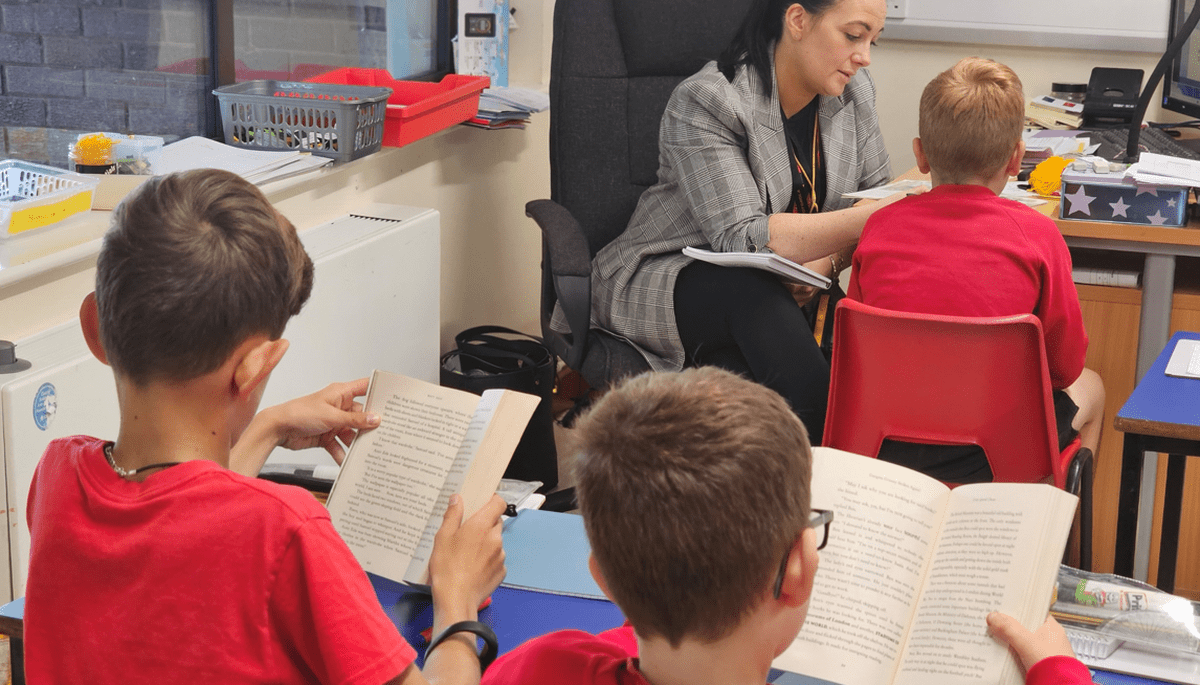Art & Design
At Slip End Village School, we value Art and Design, we are Creators!!
Art, craft and design illustrate imagination, inspiration and innovation!
At our schools, children will be creative and engaged, with the knowledge and
skills to experiment, invent and create their own works of art. We are committed to having
a balanced, diverse and inclusive curriculum. Children will be critical thinkers and develop
a deeper understanding of the subject as well as art forms that have shaped our history
and culture. We aim to inspire our learners, build their confidence and provide stimulating
experiences. Pupils will deepen their understanding of art, cultural heritage, and diversity while enhancing their artistic skills and personal expression.
focuses on three threshold concepts, which are the big ideas that underpin the subject. These threshold concepts are:
Develop ideas – Understanding how ideas develop through an artistic process.
Master techniques – Developing procedural knowledge so that ideas may be
communicated.
Take inspiration from the greats – Learning from both the artistic process and
techniques of great artists and artisans throughout history.
• Media and materials
• Techniques
• Effects
• Colour Theory
• Emotions
• Artists and artisans
• Styles and periods
• Visual language
• Process
curriculum. Pupils learn to safely explore and use a variety of materials, tools and techniques. They have opportunities to explore colour, design, texture, form and function. This is an opportunity available every day through child-initiated play, for example through painting, drawing with different materials and cutting and sticking. Sometimes they are engaged in an adult-led task which will involve the development of these skills as well.
their skills, knowledge and understanding of the above knowledge categories. They will
use what they have learned and the skills they have developed in Key Stage 1 to become
more adept at creating pieces of art using painting, creating collages, sculpture,
drawing, printing, textiles and digital media. They continue to learn about inspirational
artists and make links to the artists they have learned about in Key Stage 1.
against the threshold concepts. Assessment is recorded on the Depth of Learning system
and pupils are measured as having either ‘basic’, ‘advancing’ or ‘deep’ levels of understanding at their appropriate milestone.
• Retrieval practice – This could include spot quizzes outside of dedicated lessons
• Opportunities to practice specific skills, such as drawing
Belong | Believe | Achieve







